
Since the very first iPhone launched back in 2007, Apple has offered a Battery Replacement Program. For a small fee, the program exchanges your worn-out battery for a new one. Despite Apple offering this service, too few iPhone owners know when to replace their battery, raising the question - how long do iPhone batteries last?
How Long Do iPhone Batteries Last?
Although the iPhone has improved dramatically over the years, its battery life has not, mainly because battery technology has not changed very much over the last 50 years. Batteries work via a chemical process in order to power your phone.
Your phone's charge cycle
No matter how efficient battery technology becomes, there is a fixed number of times that your phone can perform this chemical process. Each of these reactions is a battery cycle that completes every time your phone uses a full 100% battery.

Image credit: Apple
To be clear, this doesn't mean that you only deplete a battery cycle when your phone reaches 0%. Instead, each time you drain 75% of your battery, recharge to 100%, and use another 25% battery, you have completed one battery cycle (75% + 25% = 100%).
How many cycles does an iPhone battery have?
The battery in your iPhone is capable of around 300 to 400 complete battery cycles, or full charges before reaching 80% of its original capacity. This usually takes about two full years of iPhone use, which is why we tend to think of smartphones as having a two-year lifespan.

Image credit: coconutBattery
It's the battery, not the phone, that starts to wear out.
What does 80% battery capacity mean for my iPhone?
The iPhone battery's 80% capacity caused a bit of a debacle for Apple a few years ago when they failed to communicate what this means for your device. 80% capacity means that, when you charge your phone, you're only getting 80% of the charge you got when your phone was brand new. Your battery becomes less effective with age, though you can technically still use your phone at this point, it does pose a problem.

A battery that's only operating at 80% capacity is going to start to struggle to power your phone correctly. You'll begin to notice that your iPhone seems buggier than before. Things may take longer to load, applications close unexpectedly, and iOS may jitter slightly. Eventually, your iPhone will become too underpowered to operate the new iOS updates, but this usually happens closer to five years of usage.
If you have an older phone and are starting to experience these problems, you can save yourself a lot of money by going to the Apple Store and paying for a battery replacement.
To keep your iPhone capacity at or above 80% as long as possible, you need to charge it in the right way. You may think charging a phone is easy, but there are some common mistakes you may not notice.
Mistakes You’re Probably Making When Charging Your iPhone
While replacing your iPhone battery is a lot cheaper than replacing your iPhone, it's certainly not free. Not to mention that batteries are one of the worst items for the environment, so the more use you can get out of your battery, the better.
Let it drain to 0%

A common myth surrounding smartphone batteries is that you should let your phone drain to 0% and then recharge it to 100%, but this is only a half-myth. When nickel-based batteries were in use, this was sound advice, as batteries would "forget" their full capacity if they were not charged completely.
Today's smartphones use lithium-ion batteries, as do just about every other mobile device you own. Lithium-ion batteries do not have a "memory," so there is no benefit to letting your phone drain to 0% before charging it.
On the opposite side, lithium-ion batteries respond to stress, which is what we'll get into with each of these tips below. The more pressure you put on a Li-ion battery, the faster it's going to degrade. Draining your battery below 20% puts additional stress on it, so it’s best to keep it above 20% whenever possible.
Charge your iPhone to 100%

Piggybacking off the above myth is the idea that charging your phone to 100% is a good idea. However, a 100% charge also adds extra strain to your battery, reducing its lifespan significantly.
You can think of this stress as being similar to filling a suitcase to 100% capacity. At 90%, the bag is pretty full, at 95%, it starts to become difficult to close, and at 100%, the zippers are barely holding your suitcase shut. Your phone's battery is not much different when trying to contain a 100% charge.
This may worry many iPhone users, as charging your phone to 100% is a pretty standard thing to do. You charge it overnight, let it charge in the car, and use power banks to charge your phone to 100%.
The problem is so pervasive that Apple added a feature in iOS 13 that prevents your phone from charging past 80% if it thinks you're going to leave it on the charger for several hours. So, avoid letting your phone charge to 100% as often as you can.
Charge your iPhone in extreme temperatures

Extremely hot or cold temperatures can seriously damage your smartphone's battery in only a short amount of time.
As already mentioned, your battery runs off of a chemical reaction that is continuously taking place. Like any chemical process, temperature plays a significant role.
Temperatures near or below freezing can cause your battery to stop abruptly, causing your phone to die, forcing you to recharge it. In cold weather, you can avoid this by keeping your phone on the charger (warming the battery) and keeping your phone indoors.
When it's hotter than 90 degrees Fahrenheit (32 degrees Celsius), your phone is at risk of overheating, even more so if your iPhone is in direct sunlight. You've probably received a notification while in the car that your phone is overheating, stopping you from using it. You can mitigate this by keeping your phone in the shade and not leaving it in the car on a hot day.
Give your iPhone long full charge cycles

Deeper discharge degrades the battery more, so better to charge the battery little and often. In this sense, your iPhone will rarely have a problem charging, won't have time to overheat, and will be easier to avoid the 0% or 100% zones. Recharge your phone for a dozen minutes once it drops 10% if possible, instead of recharging it for hours after it drops 70%.
It's also important to stay away from fast-charging. Fast-charging is a trend that has caught on over the last few years, and while convenient, it's damaging your battery. It warms your battery much more than regular charging and adds unnecessary strain. It's ok to use it now and then, otherwise, short bursts are the way to go!
How To Charge Your iPhone Whenever You Can
For some, finding opportunities to charge your phone in short bursts can be tricky. You may spend parts of your day on public transport or at work away from a charger when it's easy to forget to charge your iPhone until the low battery notification appears.
A magnetic wireless charger for iPhone

That's where a solution like MagEZ Juice comes in. The MagEZ Juice is a magnetic wireless charger for the iPhone. Mounted at 45 degrees, it provides you with the best point of view to monitor the screen of your phone, so you'll never miss a message while you charge. Plus, with magnetic fixings, your device will never slip from the dock. Whenever you take out your iPhone, attach it to the magnetic wireless charger instead of placing it on the desk.
Also a portable wireless charger for the iPhone

Just slide your phone out of the MagEZ Juice charging stand, and the attached power bank goes with it. You can continue your day as normal while your phone is charging. If you prefer to use it to charge your iPhone in short bursts, you can easily detach it from your phone and keep it in your pocket or purse.
The MagEZ Juice is not just a wireless charger for your iPhone but can also be used by other Qi wireless charging phones using a magnetic phone case or attaching a metal band to the case.
The upgraded version MagEZ Slider is coming soon on Kickstarter. We've upgraded the power bank and the charging base to make it more versatile and playful. Sign up now to get the super early bird discount.
Conclusion
Unfortunately, there is a lot of misinformation in today's world surrounding smartphone batteries. However, with the right know-how and proper care, you can extend your iPhone battery's lifespan and get even more out of your phone. With a portable wireless charger like the MagEZ Juice, it's easier than ever to protect to keep your battery healthy.
You might be interested in:
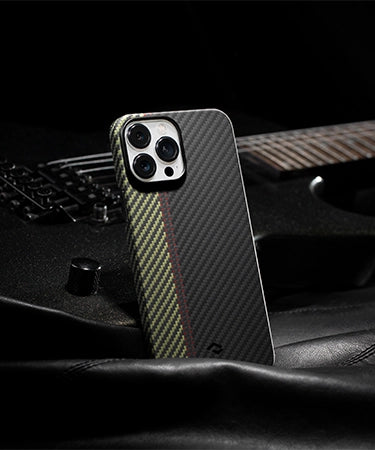




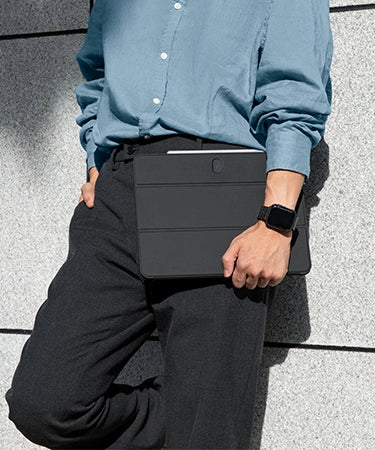

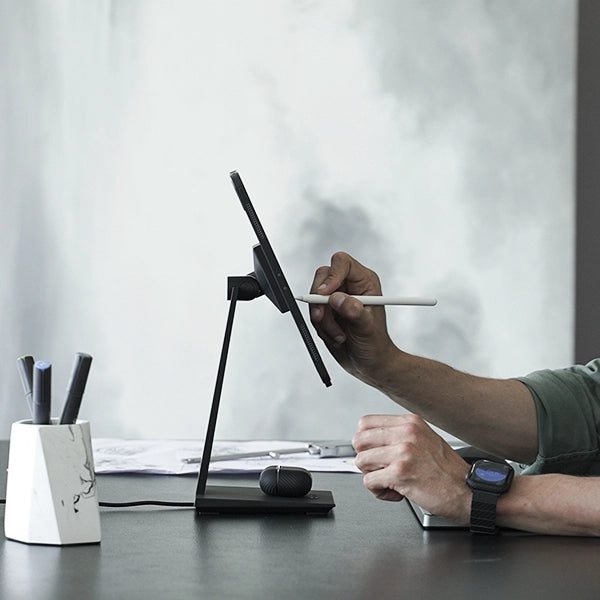

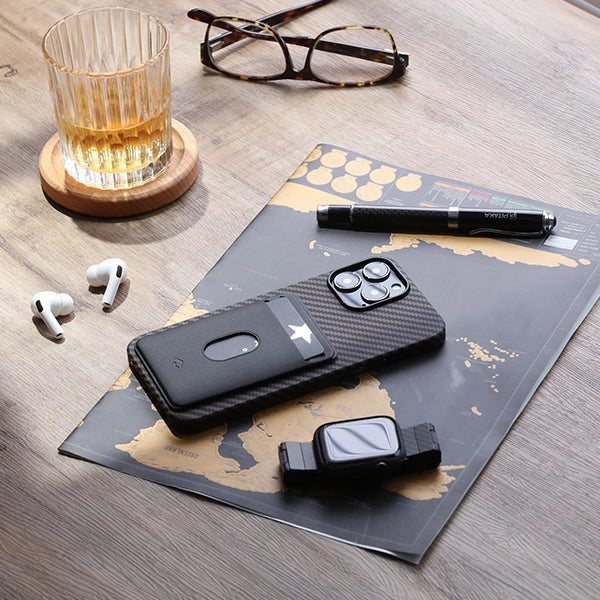


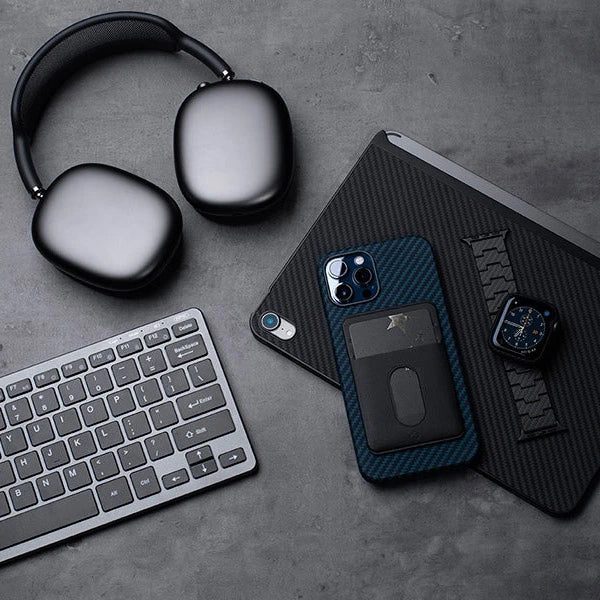
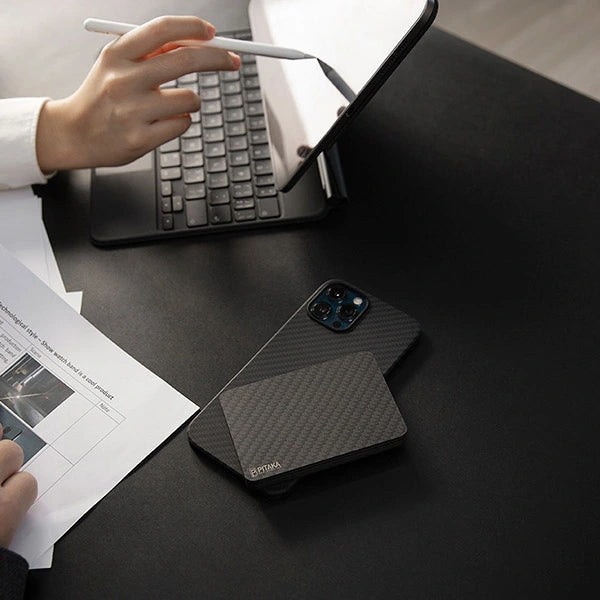
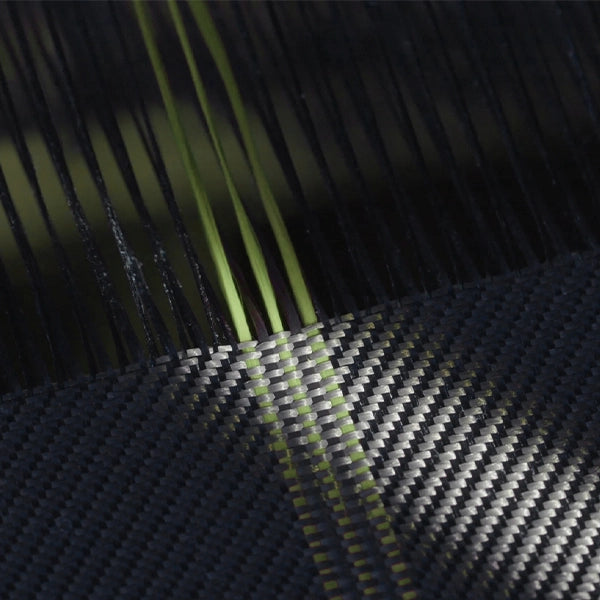

I have been using a galaxy grand prime since 2014 and it’s still like the first day, only reason why i want to change it is because i can update to a new ios and apps. Battery is still like new. Apple is best know to add programmed obsolescence, specially in their batteries and making them more slow with their “updates”.
I’m using iPhone x; I’ve used it for almost 4months but my battery health keeps decreasing at a faster rate. Now, I have 92% of battery health remaining. I have another phone so I don’t really bother my iPhone x but whenever I charge the phone the battery runs down very fast even though I don’t use or bother the phone much. What’s happening to my phone? Please, help!
eventually wat happen to a very old iphone ? it jus shut off cant on anymore or ?
Very useful information. Thanks
This was very informative……thank you